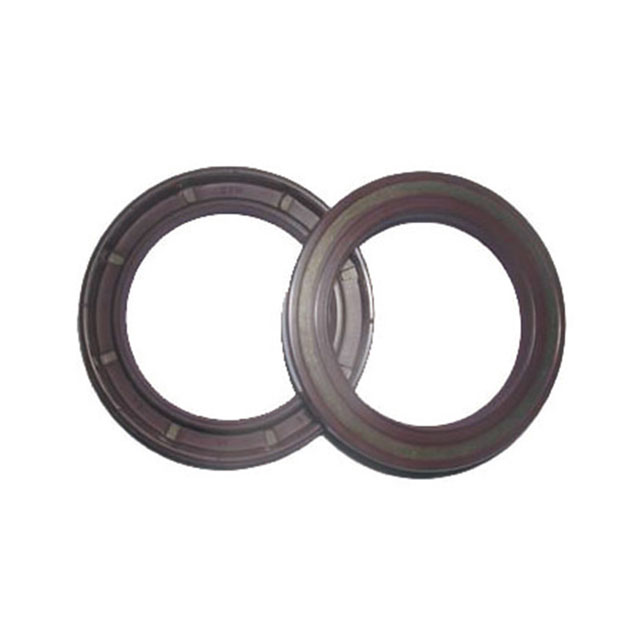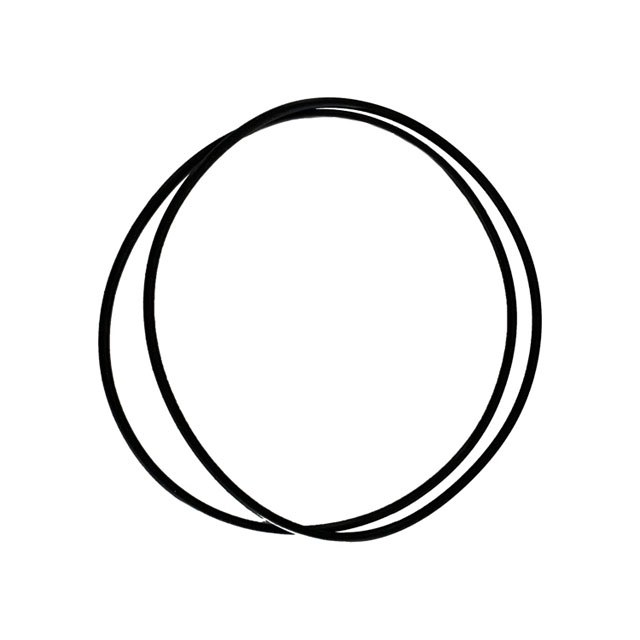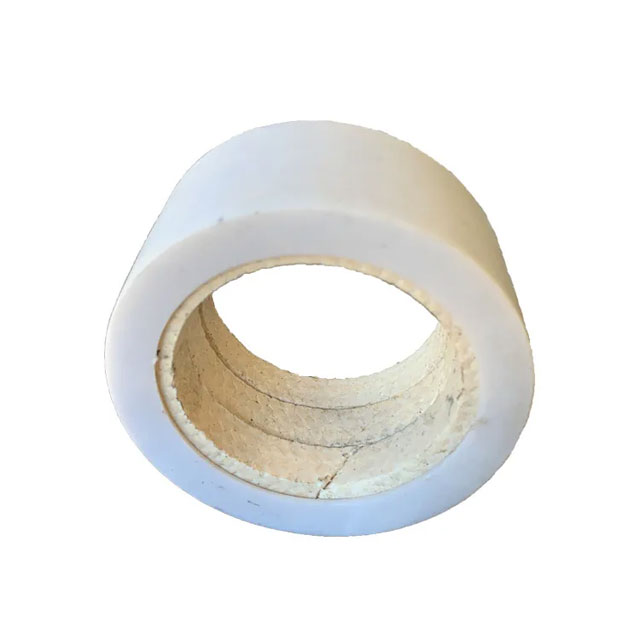WhatsApp: 86-13735815206 / 86-17392256505
WeChat: 86-13735815206 / 86-17392256505
Phone: 86-29-88680837
Mail: sales@hlsolidscontrol.com
Add: Room 804, Building 1, Western Cloud Valley Phase II, Fengxi New Town, Xixian New District, Shaanxi Province
WeChat: 86-13735815206 / 86-17392256505
Phone: 86-29-88680837
Mail: sales@hlsolidscontrol.com
Add: Room 804, Building 1, Western Cloud Valley Phase II, Fengxi New Town, Xixian New District, Shaanxi Province
Centrifuge operation process and precautions
Time: 2024-05-21 Source: Solids Control Equipment Author: Mrek
The starting sequence of the centrifuge is: auxiliary machine → main machine → liquid supply pump motor.
The shutdown sequence is: liquid supply pump motor → main machine → auxiliary machine.
1. Startup operation
Turn on the main power supply; start the auxiliary machine and check for any abnormality; start the main machine and check for any abnormality; after the main machine is running at full speed, start the liquid supply pump and observe the sand discharge of the centrifuge: if the sand content in the mud is too large and the centrifuge discharges a lot of sand, it should be diverted in time.

2. Shutdown operation
Turn off the liquid supply pump motor; close the 2-inch ball valve on the liquid inlet pipe, open the flushing valve on the liquid inlet pipe and the box, and the flushing time shall not be less than 10 minutes; turn off the main machine and the water supply valve; stop the auxiliary machine after the drum stops rotating completely, and turn off the main power supply.
3. Precautions
When starting the centrifuge for the first time after a long period of disuse, first start the auxiliary machine, and at the same time inject clean water into the centrifuge through the flushing joint and run it for 1 minute to disperse the peeled mud cake and evenly distribute it on the inner wall of the drum to eliminate possible violent vibrations.
When the speed of the main drive motor reaches 80-90%, the drum must start to rotate, otherwise it must be stopped immediately to check whether the oil level of the coupler is correct and whether the drum is blocked.
When the coupler is running continuously, the working oil temperature must not exceed 90℃. The melting temperature of the fusible plug of the coupler is 125℃. When the oil temperature exceeds 125℃, the fusible plug will melt, and the oil in the coupler will spray out to play an overload protection role. The original specification product should be replaced, and the fusible plug must not be replaced by bolts.
After the centrifuge is used, it must be flushed in the order specified in the operating procedures. If you need to open the box cover for flushing, you should pay attention to not insert your fingers into the hole when cleaning the bottom flow nozzle on the small end of the drum.
The drilling fluid flow rate must not exceed 40-60m3/h, otherwise it is easy to cause overload and cut the safety pin.
When the viscosity of the drilling fluid at the centrifuge inlet exceeds 38 seconds, the centrifugal separation effect will deteriorate. You can add an appropriate amount of water at the inlet to dilute the drilling fluid viscosity to less than 35 seconds.
Frequently check the bearing seat temperature at both ends, the differential temperature and the sand discharge.
When the temperature of the main bearing or differential is found to rise (main bearing exceeds 70℃, differential exceeds 50℃), it means that the sand content in the drilling fluid is too high and should be properly diverted. If the discharged sand is in a thin mud state and can flow automatically and continuously, the separation effect of the centrifuge is good and the load is light, which is very beneficial to extend the service life of the centrifuge; when the discharged sand is discharged intermittently in large clumps and is relatively dry, it means that the sand content in the drilling fluid is too high, and the centrifuge load is heavy at this time, and it should be properly diverted. Otherwise, it will cause the main engine to shut down due to overload or the temperature of the main bearing and differential to rise.
When using the centrifuge below zero in winter, the drum plate drain bolt should be unscrewed after shutdown to drain the liquid in the drum.
It is not allowed to open the drum cover and belt cover during operation. If it is opened for some reason, it must be re-fixed firmly.
When opening the drum cover for maintenance or repair, you must pay attention to protecting the nozzle at the small end of the drum. It is absolutely forbidden to pry or smash the nozzle; it is strictly forbidden to put a stick or finger into the nozzle when the auxiliary machine is rotating.
If the safety pin is cut off, it must be replaced with a pin of the same diameter made of Q235.
Ensure that the solid phase discharged from the sand discharge trough can be discharged smoothly out of the tank to prevent the solid phase from accumulating in the sand discharge trough and blocking the sand discharge port of the drum, causing the drum to lock.
Pay attention to the rigidity of the tank surface at the installation position of the centrifuge to prevent resonance.
When reinstalling after moving, check that the rotation direction of the main and auxiliary motors is consistent with the direction of the arrow to avoid wear of the drum.
There are 6 half-moon disks on the large disk of the centrifuge drum. If you need to disassemble it, pay attention to reinstall it in the original place according to the serial number. Do not interchange it at will to avoid damaging the dynamic balance accuracy of the drum.
Stop operation After the drum stops rotating completely, stop the auxiliary machine and turn off the main power. Never stop the auxiliary machine when the drum is rotating at high speed, otherwise the auxiliary machine will be driven by the drum to rotate at high speed after losing power, causing damage to the auxiliary machine.
Oilfield centrifuge (decanter centrifuge) is one of the important equipment for solid-liquid separation in the solid control system. It is generally installed in the final stage of the solid control system to process non-weighted drilling fluid.
HL Petroleum is a solid control equipment manufacturing company integrating R&D and production. HL mud centrifuge models include LW355, LW450, LW500 and LW600. HL solid control centrifuge equipment is professional, reliable, cost-effective and customizable. Welcome to consult.
The shutdown sequence is: liquid supply pump motor → main machine → auxiliary machine.
1. Startup operation
Turn on the main power supply; start the auxiliary machine and check for any abnormality; start the main machine and check for any abnormality; after the main machine is running at full speed, start the liquid supply pump and observe the sand discharge of the centrifuge: if the sand content in the mud is too large and the centrifuge discharges a lot of sand, it should be diverted in time.

2. Shutdown operation
Turn off the liquid supply pump motor; close the 2-inch ball valve on the liquid inlet pipe, open the flushing valve on the liquid inlet pipe and the box, and the flushing time shall not be less than 10 minutes; turn off the main machine and the water supply valve; stop the auxiliary machine after the drum stops rotating completely, and turn off the main power supply.
3. Precautions
When starting the centrifuge for the first time after a long period of disuse, first start the auxiliary machine, and at the same time inject clean water into the centrifuge through the flushing joint and run it for 1 minute to disperse the peeled mud cake and evenly distribute it on the inner wall of the drum to eliminate possible violent vibrations.
When the speed of the main drive motor reaches 80-90%, the drum must start to rotate, otherwise it must be stopped immediately to check whether the oil level of the coupler is correct and whether the drum is blocked.
When the coupler is running continuously, the working oil temperature must not exceed 90℃. The melting temperature of the fusible plug of the coupler is 125℃. When the oil temperature exceeds 125℃, the fusible plug will melt, and the oil in the coupler will spray out to play an overload protection role. The original specification product should be replaced, and the fusible plug must not be replaced by bolts.
After the centrifuge is used, it must be flushed in the order specified in the operating procedures. If you need to open the box cover for flushing, you should pay attention to not insert your fingers into the hole when cleaning the bottom flow nozzle on the small end of the drum.
The drilling fluid flow rate must not exceed 40-60m3/h, otherwise it is easy to cause overload and cut the safety pin.
When the viscosity of the drilling fluid at the centrifuge inlet exceeds 38 seconds, the centrifugal separation effect will deteriorate. You can add an appropriate amount of water at the inlet to dilute the drilling fluid viscosity to less than 35 seconds.
Frequently check the bearing seat temperature at both ends, the differential temperature and the sand discharge.
When the temperature of the main bearing or differential is found to rise (main bearing exceeds 70℃, differential exceeds 50℃), it means that the sand content in the drilling fluid is too high and should be properly diverted. If the discharged sand is in a thin mud state and can flow automatically and continuously, the separation effect of the centrifuge is good and the load is light, which is very beneficial to extend the service life of the centrifuge; when the discharged sand is discharged intermittently in large clumps and is relatively dry, it means that the sand content in the drilling fluid is too high, and the centrifuge load is heavy at this time, and it should be properly diverted. Otherwise, it will cause the main engine to shut down due to overload or the temperature of the main bearing and differential to rise.
When using the centrifuge below zero in winter, the drum plate drain bolt should be unscrewed after shutdown to drain the liquid in the drum.
It is not allowed to open the drum cover and belt cover during operation. If it is opened for some reason, it must be re-fixed firmly.
When opening the drum cover for maintenance or repair, you must pay attention to protecting the nozzle at the small end of the drum. It is absolutely forbidden to pry or smash the nozzle; it is strictly forbidden to put a stick or finger into the nozzle when the auxiliary machine is rotating.
If the safety pin is cut off, it must be replaced with a pin of the same diameter made of Q235.
Ensure that the solid phase discharged from the sand discharge trough can be discharged smoothly out of the tank to prevent the solid phase from accumulating in the sand discharge trough and blocking the sand discharge port of the drum, causing the drum to lock.
Pay attention to the rigidity of the tank surface at the installation position of the centrifuge to prevent resonance.
When reinstalling after moving, check that the rotation direction of the main and auxiliary motors is consistent with the direction of the arrow to avoid wear of the drum.
There are 6 half-moon disks on the large disk of the centrifuge drum. If you need to disassemble it, pay attention to reinstall it in the original place according to the serial number. Do not interchange it at will to avoid damaging the dynamic balance accuracy of the drum.
Stop operation After the drum stops rotating completely, stop the auxiliary machine and turn off the main power. Never stop the auxiliary machine when the drum is rotating at high speed, otherwise the auxiliary machine will be driven by the drum to rotate at high speed after losing power, causing damage to the auxiliary machine.
Oilfield centrifuge (decanter centrifuge) is one of the important equipment for solid-liquid separation in the solid control system. It is generally installed in the final stage of the solid control system to process non-weighted drilling fluid.
HL Petroleum is a solid control equipment manufacturing company integrating R&D and production. HL mud centrifuge models include LW355, LW450, LW500 and LW600. HL solid control centrifuge equipment is professional, reliable, cost-effective and customizable. Welcome to consult.



